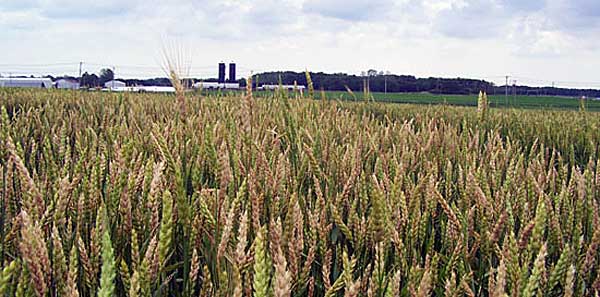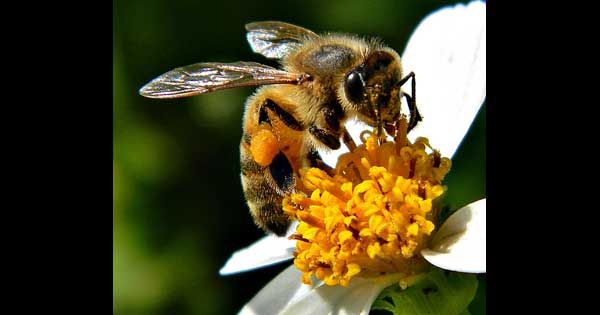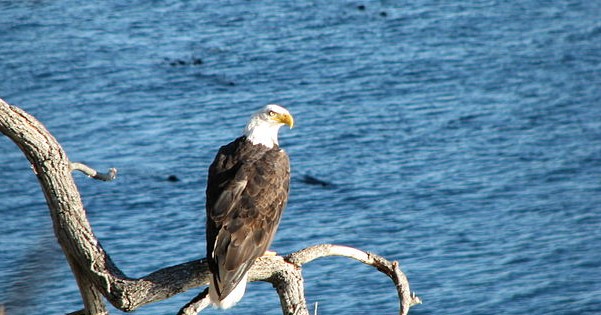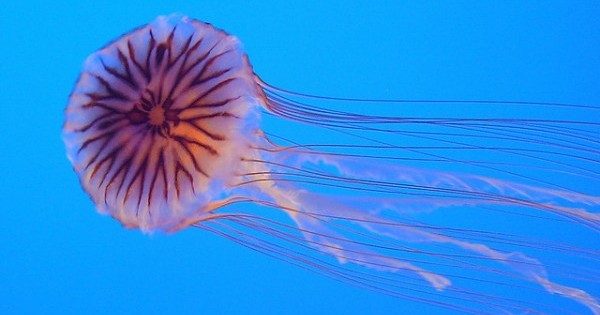Search results for: feed
Lost and Found
… infant apparatus, including a sound machine-slash-nightlight sighing and swooshing beneath the crib. Hanging in an otherwise empty closet is a pristine white baptism dress. We feed the baby mushed bananas in the same cracked melamine bowls I used when I was her age. She sleeps soundly in her new room. For the first …
Read MoreBugs on the Move
… Fungi and oomycetes alone destroy enough food to feed about 8.5 percent of the world’s population. Fusarium head blight of wheat and barley, a ruinous fungal disease, thrives in warm, wet conditions. (The U.S. Department of Agriculture describes this blight, which has surged in recent years, as “the worst plant disease …
Read MoreNo Bee Left Behind
… acid—trigger bee genes that code for enzymes that break down pesticides and pathogens. Without honey in their diet, bees may become more vulnerable to pesticides applied to their hives to kill parasitic varroa mites that feed on bees’ body fluids. They may also be more susceptible to the viruses carried by the mites, as
Read MoreBen
… much bigger; if you are going to make a magazine, why not try to make the best one in the world? The scope of the dream surely feeds the range of accomplishment, and you will then be working with the best writers and artists you can find, and in the end the work of the …
Read MoreOlympics Forecast: Cloudy with Towers
… slender towers to rise over London’s Olympic stadium, with a mass of giant inflatable spheres at the top. The spheres would serve as screens for live feeds of videos and information about the Games.
The Cloud is one of a number of projects in the running to be commissioned by the London Olympic Committee …
Fix Ya Face
… nose; its opposite, fear (“you are strong”) is shown by a downturned nose. Facial expressions, however, not only communicate with others, but also give the wearer constant feedback. How? Changizi contends that our eyes are set deeply enough so that we can see parts of our own faces—cheeks, eyebrows, and nose—which means we …
Read MoreOur National Raptor
… the sky, soaring on convection currents, their enormous wings motionless. In December and January they’re especially numerous, having migrated south from Alaska and British Columbia to feed on salmon carcasses on the Skagit River after the salmon run has spawned and died.
The eagle is an emblem of spirit to Indian tribes, and the …
Big as a VW, or Lost on a Pin
… the number of blooms suggests an ocean out of whack. On the positive side, gelatinous zooplankton help mix ocean layers. More than a hundred species of fish feed on them, as do sea birds and sea turtles. Jellyfish make shelter for species such as crabs that are unaffected by their venom. Dolphins play with them …
Read MoreThe Ozarks Style
… faith and attuned to the animal world. “Traditions of the holler” persist, she says, even in the college town of Fayetteville, where one young woman was photographed feeding goats on her porch. Another image shows a girl wearing a fuzzy hat and tiger-striped coat from a thrift store and holding a pet rooster; the …
Read MoreBehold the Butterfly
The lives of the lepidopterans (butterflies and moths) unfold within the frame of complete metamorphosis. Butterflies lay eggs on the plants their larvae (caterpillars) feed on. The eggs hatch, and the caterpillars eat. And they eat and they eat. And then they shed their furry, leggy, wormy look and pupate—curl up inside a …






